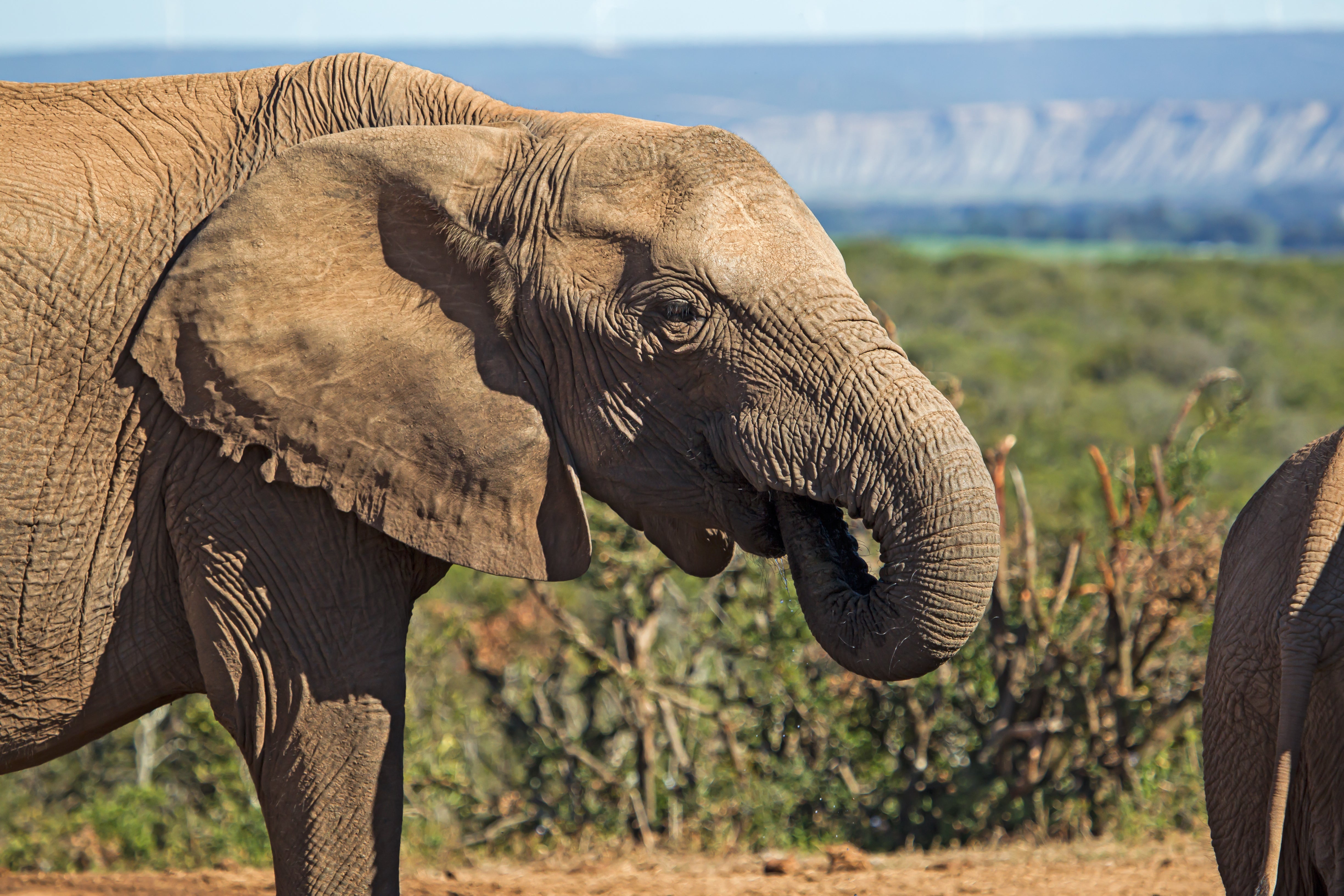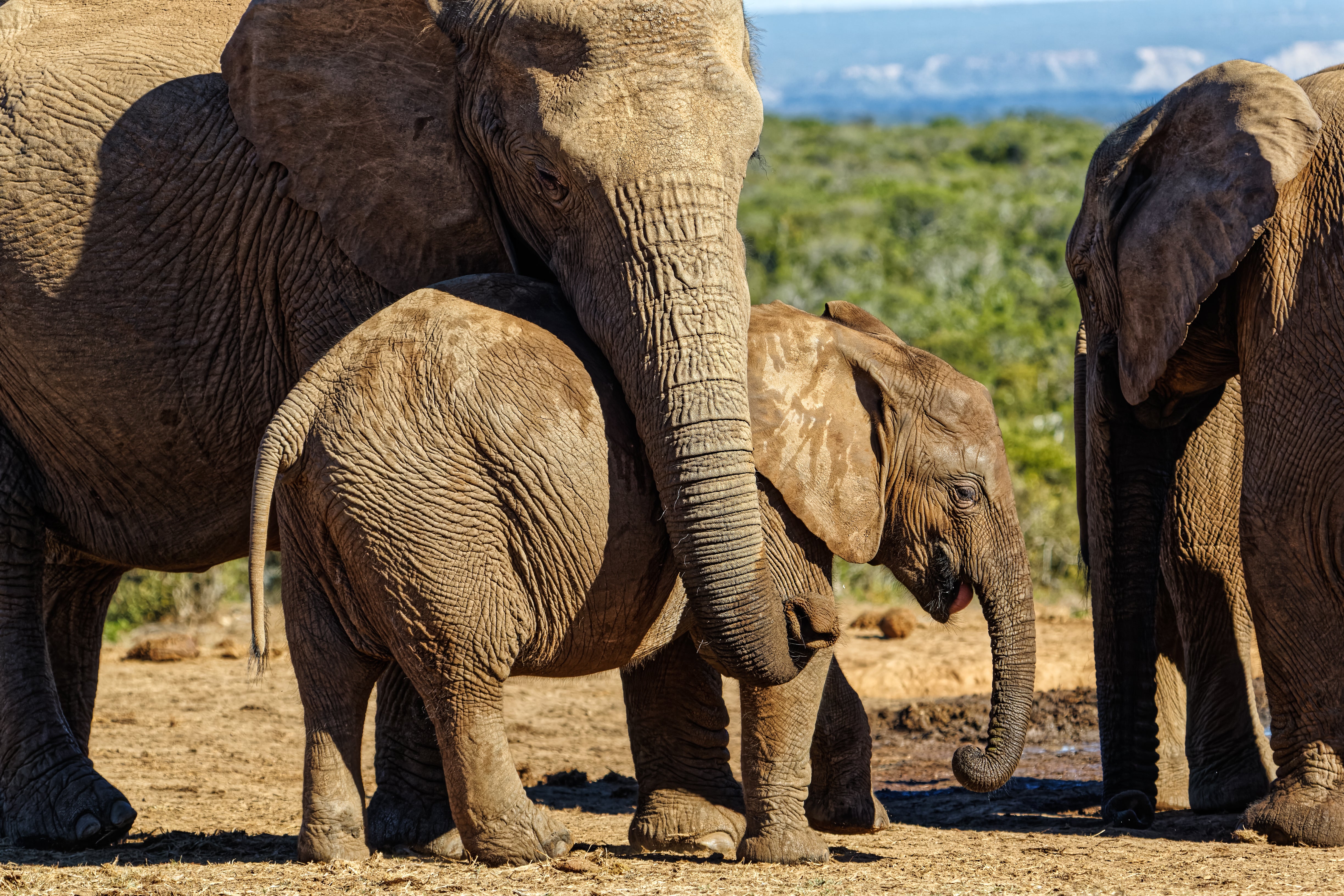The Independent's journalism is supported by our readers. When you purchase through links on our site, we may earn commission.
Tuskless elephants may evolve new problems
Human activity has affected elephants so much that a change in their genome has now become apparent, but being born tuskless is proving to be fatal for males, writes Elizabeth Preston

Your support helps us to tell the story
From reproductive rights to climate change to Big Tech, The Independent is on the ground when the story is developing. Whether it's investigating the financials of Elon Musk's pro-Trump PAC or producing our latest documentary, 'The A Word', which shines a light on the American women fighting for reproductive rights, we know how important it is to parse out the facts from the messaging.
At such a critical moment in US history, we need reporters on the ground. Your donation allows us to keep sending journalists to speak to both sides of the story.
The Independent is trusted by Americans across the entire political spectrum. And unlike many other quality news outlets, we choose not to lock Americans out of our reporting and analysis with paywalls. We believe quality journalism should be available to everyone, paid for by those who can afford it.
Your support makes all the difference.A deep-enough wound will leave a scar, but a traumatic event in the history of an animal population may leave a mark on the genome itself. During the Mozambican Civil War (1977-92), humans killed so many elephants for their lucrative ivory that the animals seem to have evolved in the space of a generation. The result: A large number are now naturally tuskless.
A paper published last week in Science has revealed the tooth-building genes that are likely involved, and that for male elephants, the mutation is lethal.
Although evolving to be tuskless might spare some surviving elephants from poachers, there will probably be long-term consequences for the population.
Normally, both male and female African elephants have tusks, which are really a pair of massive teeth. But a few are born without them. Under heavy poaching, those few elephants without ivory are more likely to pass on their genes. Researchers have seen this phenomenon in Mozambique’s Gorongosa National Park, where tuskless elephants are now a common sight.
Female elephants, that is. What no one has seen in the park is a tuskless male.
“We had an inkling that whatever genetic mutation took away these elephants’ tusks was also killing males,” says Shane Campbell-Staton, an evolutionary biologist at Princeton University.
To learn more, Campbell-Staton and his co-authors started with long-term data, including video footage from before the civil war, of Gorongosa’s elephants.
Even if poaching stopped tomorrow, tusklessness would keep indirectly killing males
They calculated that even before the war, nearly one in five females were tuskless. This might reflect earlier conflict and poaching pressure, Campbell-Staton says. In well-protected elephant populations, tusklessness can be as low as 2 per cent.
Today, half of Gorongosa’s females are tuskless. The females who survived the war are passing the trait on to their daughters. Mathematical modelling shows this change is almost certainly because of natural selection and not a random fluke. In the decades spanning the war, tuskless females had more than five times greater odds of survival.
The pattern of tusklessness in families confirms the scientists’ hunch: It seems to be a dominant trait, carried by females, that is lethal to males. That means a female with one copy of the tuskless mutation has no tusks. Half of her daughters will have tusks, and half will be tuskless. Among her sons, though, half will have tusks, and the other half will die, perhaps before birth.
The team sequenced the genomes of 11 tuskless females and seven with tusks, looking for differences between the groups. They also searched for places in the genome showing the signature of recent natural selection without the random DNA reshuffling that happens over time. They found two genes that seemed to be at play.
Both genes help to build teeth. The one that best explains the patterns scientists saw in nature is called AMELX and is on the X chromosome, as the team expected. That gene is also involved in a rare human syndrome that can cause tiny or malformed teeth. AMELX is adjacent to other crucial genes whose absence from the X chromosome can kill males.
“We don’t know what the exact changes are causing this loss of tusks, in either one of those genes,” Campbell-Staton says. That is one of the things the researchers hope to figure out next.

They also want to learn what life is like for a tuskless elephant. Elephants normally use their tusks to strip tree bark for food, dig holes for water and defend themselves. “If you don’t have this key tool, how do you have to adjust your behaviour in order to compensate?” Campbell-Staton asks.
And the rise of tusklessness may impact not just individual elephants but also the population as a whole, since fewer males are being born.
“I think it’s a very elegant study,” says Fanie Pelletier, a population biologist at the Université de Sherbrooke in Quebec, who was not involved in the research but wrote an accompanying article in Science. “It’s a very complete story as well. All the pieces are there.”
In her own research, Pelletier has studied bighorn sheep in Canada. As trophy hunters targeted the males with the biggest horns, the sheep evolved to have smaller horns.
The change in sheep is subtle, she says, unlike the elephants’ total loss of tusks. And the elephants’ genetic change has actually compounded their problems, Pelletier adds. Even if poaching stopped tomorrow, tusklessness would keep indirectly killing males, and it could take a long time for the frequency of this trait to drop to normal levels.
Campbell-Staton agrees that, although the elephants have evolved to be safer from poachers, this is not a success story.
“I think it’s easy when you hear stories like this to come away thinking, ‘Oh, everything’s fine. They evolved, and now they’re better, and they can deal with it,’” he says. But the truth is that species pay a price for rapid evolution.
“Selection always comes at a cost,” he adds, “and that cost is lives.”
This article originally appeared in The New York Times.




Join our commenting forum
Join thought-provoking conversations, follow other Independent readers and see their replies
Comments